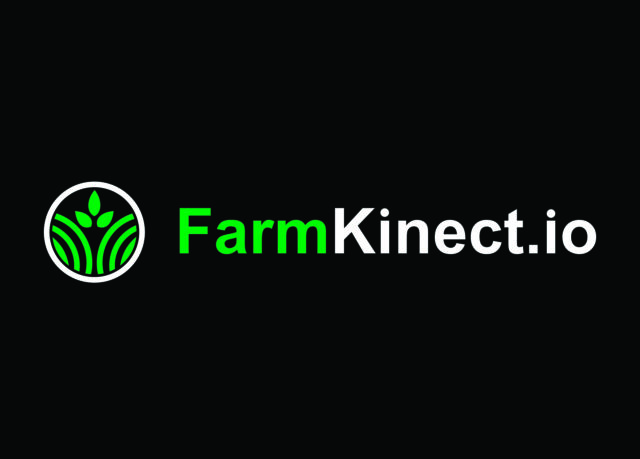“I believe in the future of agriculture.” … E.M.
Tiffany’s famous words of the FFA Creed hold true for my beliefs in the future of agriculture in the Land of Enchantment – New Mexico. With advances in technology as well as increased interest in our natural resources, New Mexico is soon becoming a valuable asset to our nation’s agricultural well-being. Existing agricultural commodities coupled with growing renewable energy potential ensures the future of agriculture within New Mexico’s state lines.
The dairy industry in New Mexico has significantly contributed to the growing agricultural commodities within our state. Having the largest average herd size in the nation, New Mexico is home to 172 dairies and approximately 360,000 cows. New Mexico is also ranked in the top ten of both milk and cheese production in the U.S. A New Mexico State University study cited on the Dairy Producers of New Mexico website states that the average dairy in New Mexico produces around 44 million pounds of milk annually worth approximately 5.8 million dollars depending on the market value. Dairy products within our state rank as the top agricultural commodity and top agricultural export in 2007.
With so much already accomplished by the dairy industry in New Mexico, the question arises: Where do we go from here? The answer is simple – forward. As an industry, we are motivated toward bettering ourselves, our product and the world in which we live. In order to continue moving forward, several factors will come into play. First and foremost is expanding opportunities in technology. By embracing the technology available to producers, the dairy industry will continue to move in a forward motion by allowing them to become that much more efficient in their operation. With technology comes advancement in research capabilities. The key to the dairy industry’s contribution to New Mexico’s agricultural community is research-based innovations in operating techniques. Once research is conducted and new techniques are developed, it is imperative that they are easily communicated to producers and consumers alike.
Research-based programs are a continuous effort in the advancement of the dairy industry. This research allows for new techniques in the operating process. By striving to increase our knowledge of dairy nutrition, we will be able to increase the feed efficiency of our herds. In addition, we are upping our feed-input-to-milk-output ratio. Not only is this research creating new ways to boost production and efficiency, but it is creating new opportunities for waste management and resource preservation. Current studies are centered around the renewability of waste water from a dairy operation. Also, dairies are taking the initiative to be proactive in preserving and protecting the environment. There are current programs, practices and research studies being conducted concerning waste water treatment programs, recycling programs and manure utilization programs intended to safeguard our environment.
Perhaps the most important step in advancing the dairy industry is communication among producers, suppliers and consumers. Communication is vital to the future of New Mexico’s largest commodity because producers need to become aware of important information needed for operation. In addition, suppliers need to have available knowledge of new technology, techniques and overall breakthroughs created from research programs. Also, suppliers need an avenue to advertise their products. Not only that, but once products are delivered to distributors, consumers need to become aware of the products available for purchase. Support groups for the dairy industry should be established, and already existing support groups should continue to be nourished in order to further the growth of the industry.
Today’s youth, including myself, will play a crucial role in the future of agriculture in New Mexico. With all of the different opportunities involved in the agricultural industry, there is a niche for every person interested in the field, whether it be research, communication or actual hands-on production.
With growing advances in technology and big business, many people perceive agriculture as becoming a corporate industry. I will admit that the number of marginally profitable farms has decreased due to selling out to bigger farms, but people need to be reminded of the roots on which this country’s agricultural industry was founded – small, family-oriented farms. Just because a farm doesn’t have the newest or most expensive equipment and technology doesn’t mean the farm isn’t effective. The FFA Creed refers to “progressive agriculturists.” Progressive agriculturists don’t necessarily have to have the newest technology. In my opinion, a progressive agriculturist is a person who utilizes what they have to the best of their ability. They are the type of people that can make even the most barren land work. They will make a good harvest or get a good crop of calves in even the driest conditions. On top of this, they keep producing vital commodities even when the market may not be the very best. They are truly progressive agriculturists. New Mexico agriculture is based upon this small-farm concept. When I think of the agriculturists I know, I see a group of farmers with a true love and desire for their occupation. For these reasons, I have firm faith in the future of agriculture in New Mexico. Through my goals in agriculture, I feel that I will adequately contribute to the industry I hold so close to my heart. After all, it is my involvement in those associations which, even in hours of discouragement, I cannot deny that will allow me to do my part in that inspiring task of raising awareness about agriculture. PD
Best is the 2009 United Dairy Women Scholarship Essay Contest winner and was recently elected as the New Mexico FFA State President for 2009-2010.
References omitted but are available upon request at editor@progressivedairy.com
Ryan Best
New Mexico
FFA State President




